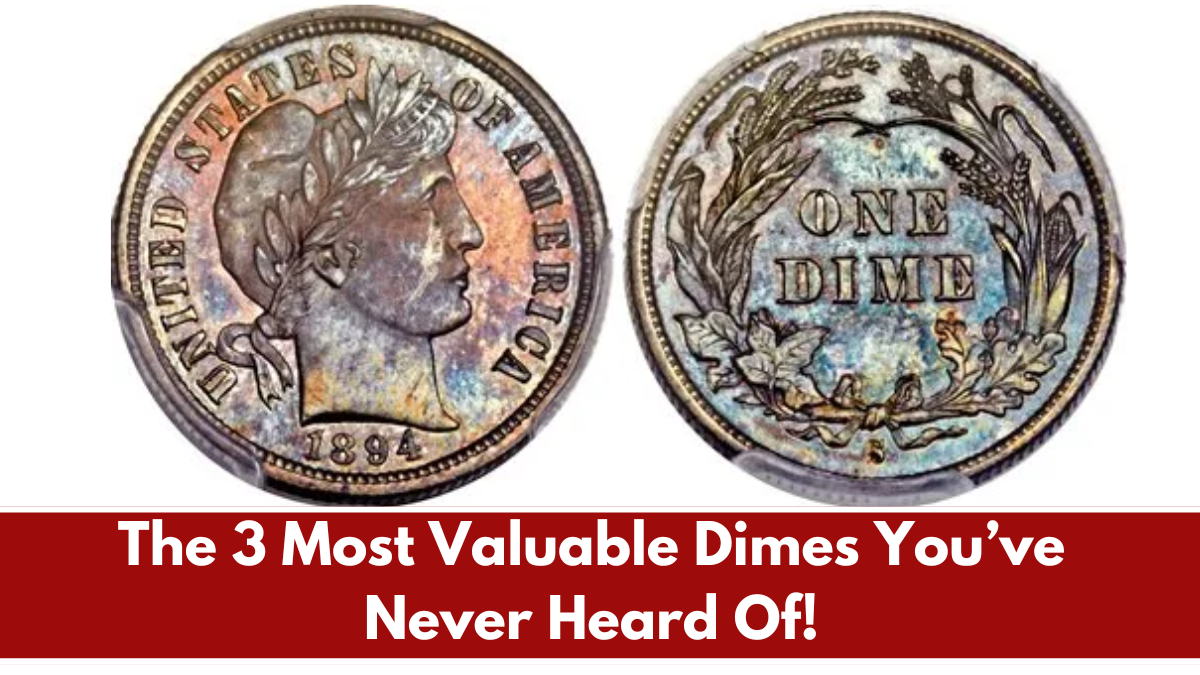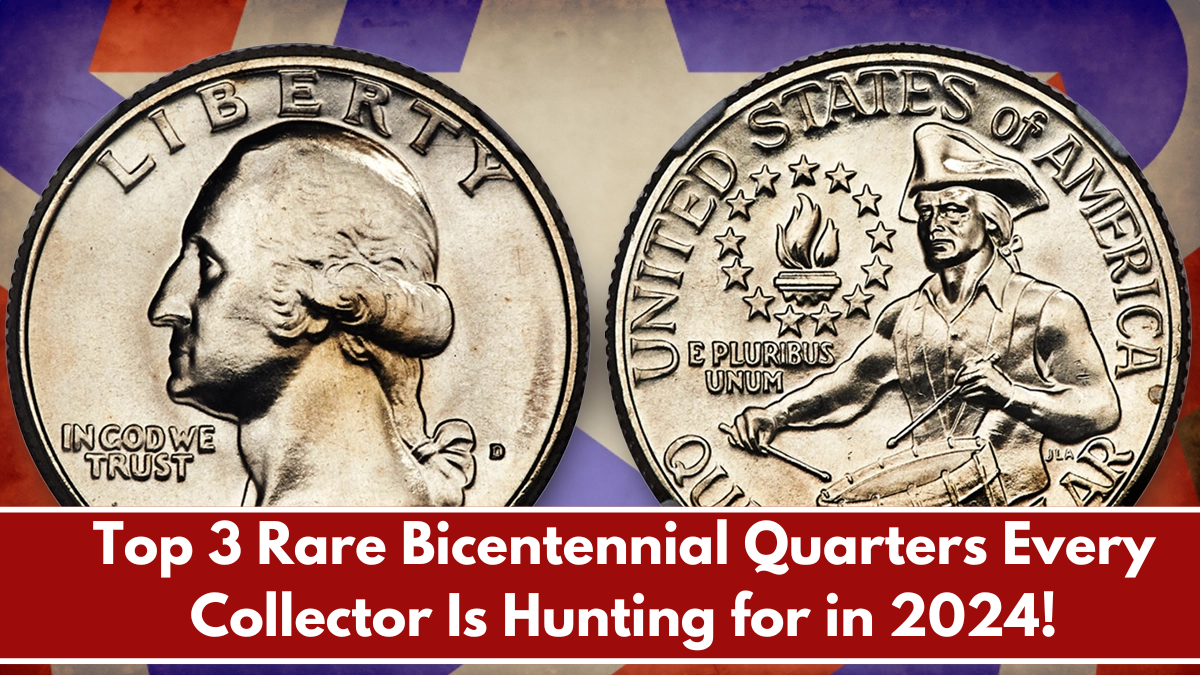While rare coins are often associated with expensive auctions and prestigious collections, they can actually be found in everyday transactions. Imagine paying for a coffee or grocery bill with loose change and unknowingly handing over a coin worth hundreds or even thousands of dollars. With a little knowledge and a keen eye, you can start spotting valuable coins in your pocket change. In this article, we’ll explore the secrets to identifying three rare coins that could be hiding right under your nose during everyday transactions.
1. 1943 Copper Lincoln Penny
The 1943 Copper Lincoln Penny is one of the most famous error coins in U.S. history. In 1943, due to copper shortages during World War II, the U.S. Mint switched to using steel for pennies. However, a small number of copper pennies were accidentally minted during that year. These rare copper pennies can fetch up to $1 million in pristine condition. To spot one, look for the reddish-brown hue of copper (as opposed to the usual silver-gray color of steel pennies). If you come across one, don’t spend it—this penny could be worth far more than its face value!
2. 1955 Doubled Die Lincoln Cent
The 1955 Doubled Die Lincoln Cent is another sought-after coin that could easily slip by unnoticed in your everyday change. This error coin features a dramatic doubling of the date and the inscriptions, caused by a malfunctioning die at the U.S. Mint. Coins in good condition can be worth upwards of $1,000, with high-quality examples selling for even more. When checking a 1955 penny, look carefully at the date and the lettering. If you notice a clear doubling effect, it could mean a substantial payout for your coin!
3. 1969-S Doubled Die Obverse Lincoln Cent
The 1969-S Doubled Die Obverse Lincoln Cent is one of the most famous doubled-die error coins. This coin features significant doubling on the obverse, especially noticeable on the word “Liberty” and the date. In excellent condition, this coin can fetch $50,000 or more at auction. The key to spotting this rare coin is to closely examine the date and the word “Liberty” for any signs of doubling. If you find one, it could become a game-changer in your coin collection!
Finding a rare coin like the 1943 Copper Lincoln Penny, 1955 Doubled Die Lincoln Cent, or 1969-S Doubled Die Obverse Lincoln Cent in your pocket change may sound improbable, but it’s entirely possible with the right knowledge. These coins are often missed by casual observers, but with a trained eye and a bit of luck, you can discover treasures that could be worth thousands of dollars. Always examine your change carefully—who knows, you may be holding onto a fortune without even realizing it!
FAQ’s:
1. How can I tell if a 1943 Copper Lincoln Penny is real?
The best way to identify a real 1943 Copper Penny is by its color and weight. Copper pennies have a reddish-brown hue, while steel pennies are silver-gray. You can also weigh the coin to see if it matches the weight of a standard copper penny.
2. Are 1955 Doubled Die Lincoln Cents easy to spot?
Yes, the doubling effect on the date and inscriptions is quite noticeable. Look closely at the date “1955” and the word “Liberty” for any signs of duplication.
3. What makes the 1969-S Doubled Die Obverse so valuable?
The coin’s value comes from the striking doubling on the obverse, especially on the date and “Liberty.” This error coin is highly prized by collectors, especially in uncirculated condition.
4. Where should I look for these rare coins?
You can find these coins in everyday transactions, especially in change from purchases or in coin rolls from banks. Be sure to check every penny, as these coins may be hiding in plain sight.
5. How do I sell rare coins if I find one?
Once you’ve identified a rare coin, have it graded by a professional service like PCGS or NGC. After grading, you can sell it through reputable coin dealers, auction houses, or online platforms like eBay.












